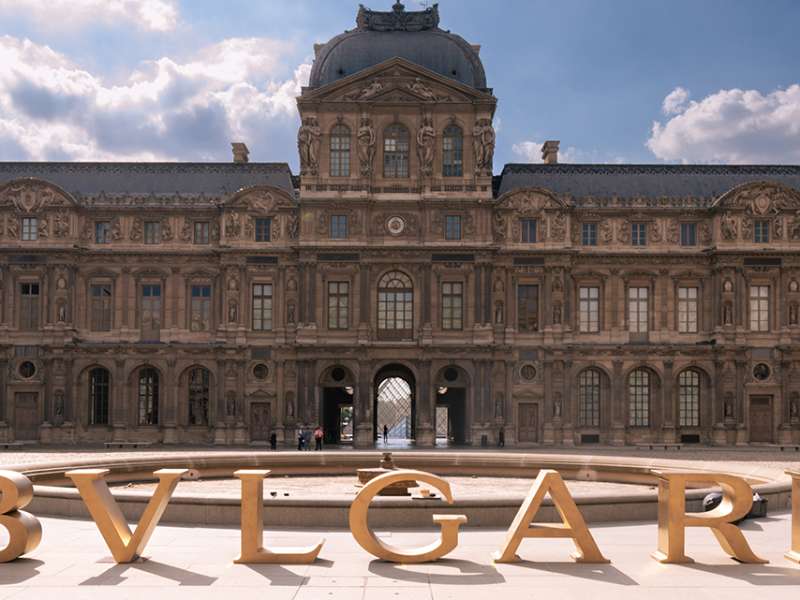Jalan Goa Lempeh, Banjar Dinas Kangin Uluwatu, Bali +62 361 3001000 or +62 361 8471000
Bali’s textiles are an important part of the its cultural heritage, in the past, traditional woven fabrics like songket were worn by the nobility as a class signifier in the royal courts. Today, caste-based restrictions no longer apply, but the songket remains a clear marker of status. Resplendent in shimmering silk and gold-wrapped threads, these luxurious cloths are often worn for ceremonies and weddings, where the bride and groom will don matching patterns.

Last night, Bvlgari celebrated the launch of Masterpieces from the Torlonia Collection, a new exhibit at the Louvre. As a supporter of the Torlonia collection since 2017, Bvlgari hosted the opening event, welcoming some 100 guests to the Louvre for cocktails, a private tour of the show and musical performances. The largest private collection of ...